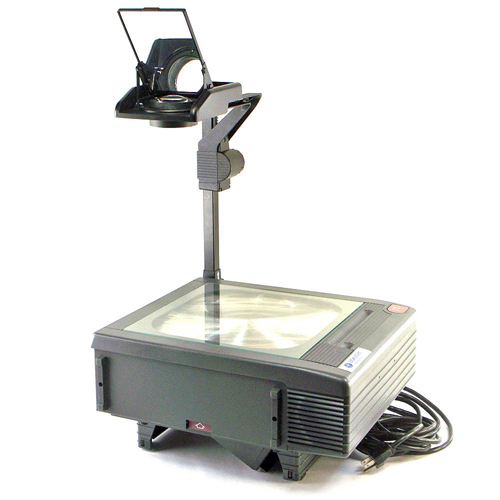
Image Credit:
There seems to be a tendency when teaching new technologies to slip into simply teaching the tools. When I’m gearing up to assign my students a multimodal project, rather than teaching students to puzzle over and feel out new technologies, I often—with the semester slipping by—take their hands and rush them through some piece of software. With so few locations of tangible, embodied befuddlement in schools (I hesitantly bracket off conceptual befuddlement as something experienced slightly differently) it’s a real shame to not give students the space to try and fail when the opportunity presents itself. And rather than simply layering new media practices on top of the writing that we’ve been doing for the last semester—attempting a quick bit of transference when everyone is already starting to get a bit worn out—these last few harried weeks of the semester could often be better spent by using the experience of encountering new media tools to open up possible strangeness in otherwise normal environments. The complexity of the tools necessary for new media production—hardware and software both—can be used to remind us how complex the tools (word processors, pens, rhetoric, etc.) that we’ve been using throughout the semester are and that we engage them as embodied subjects.
New media tools, just by virtue of their novelty (their initial, daunting complexity), engage students differently than the old media devices they have been taught to use throughout their schooling. Because they’re new and because they’re full of buttons and layers and unfamiliar work-flows new users have to engage them concretely as things in the world. So they open up a different set of concerns for students. Even if attuned to writing as a process it seems that students look past the material event of writing—the process is built on a series of discrete drafts rather than a long material engagement with texts and tools. When thrown into a new situation, though, there’s the chance that they can begin thinking alongside their materials and tools. If the tools are sticky, if they cause students to slow down and think about their mouse clicks and button presses they can begin to see their products as co-authored. They can think alongside and through the affordances of both the concepts they engage and the tools they use. It is important to spend time with the objects around them, to collaborate with rather than merely use tools and technologies.
I often err on the side of feel-goodery when it comes to new possible engagements with technologies, but it is important to remember that there is a danger here, though. Instead of opening up new possibilities there’s always the danger of getting caught in a rut. What if students, perhaps intimidated by their new tools, learn how to use them just a bit, just enough to get a project whipped up by the end of the semester; they begin to internalize that single constrained relationship. In the move to collaborate with the tools and materials we engage it’s easy to shy away from a fully figured collaboration and instead simply work within the supposed confines of the material. This often arises in the structured or institutionalized creation fostered by the long process of school, and it is made all the more pernicious when those confines are invisible as is often the case with different forms of writing. In my writing classes I often have to coax students (students that have been vigorously taught that there is a ‘good’ writing and that they aren’t doing it) into moving beyond the structures of the five paragraph essay. With something like image manipulation it’s easy to get caught up in flashy effects and basic, layered collage. By not spending enough time teaching my students to engage new technologies I might be sending them down the same path of rote use that is often taken with PowerPoint.
More dangerous than holding a student’s hand through the rocky first brush with new technology is modeling a fear of both failure and possibility. Looking back on the ways that I have been introduced to new technologies in the classroom, I can’t help but notice that fear has been a common thread throughout. I very clearly remember the first time I saw an overhead projector. It was rolled into my kindergarten class one day, brand new to both me and the school. And while we were allowed to draw on the overhead sheets there was a constant refrain of “be careful, don’t touch anything.” Upon reflection, I don’t think that the overhead projector was particularly fragile, but I can see that my teachers were worried more about breaking the machine. When I finally encountered computers there was that same fear, amplified by all the different ways they could fail. These fears can quickly become internalized, and students learn that they might break the machine by pushing too hard, by trying out new things, by playing around, so now there’s fear surrounding both the structural integrity of the thing and its possibilities. I can’t really blame my kindergarten teacher for being afraid, nor my students (maybe not myself, either), because we’ve all been taught to avoid failure at all cost. By squeezing multimodal projects in as a final afterthought, I have done a disservice to my students; I’ve put them in a bind where they aren’t allowed the time to fail. Instead of introducing new tools to students as something they should figure out and produce with, we might trouble the cycle of fear by opening up these concrete technologies as a place to fail and reflect.

